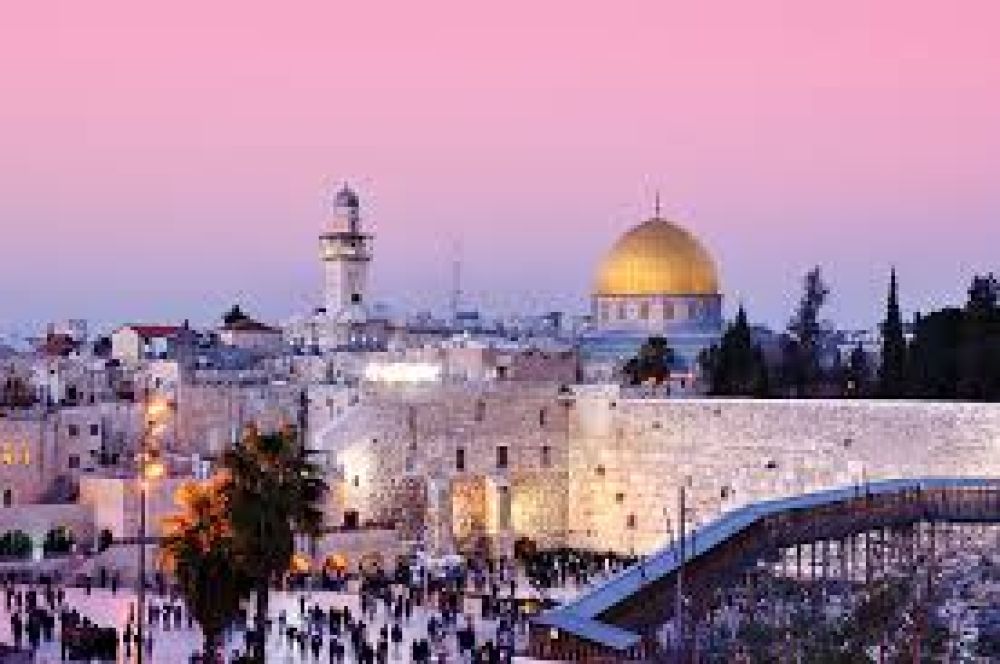

Jerusalem, one of the oldest cities in the world, has been a focal point for tourism for centuries. This city, sacred to Judaism, Christianity, and Islam, has attracted pilgrims and travelers since ancient times. Its history of tourism is as complex and diverse as its history itself, which dates back thousands of years.
The history of Jerusalem as a destination for pilgrims began in the biblical era when Jewish pilgrims traveled to the city for the three major feasts: Passover, Pentecost, and the Feast of Tabernacles, as mentioned in the Old Testament. With the spread of Christianity, the city also became a significant pilgrimage site for Christians, who came to visit locations associated with the life, death, and resurrection of Jesus Christ.
During the Byzantine period and through the early Middle Ages, Christian pilgrimage to Jerusalem intensified, leading to the construction of numerous churches and hospices for pilgrims. The Islamic conquests in the 7th century introduced a new wave of visitors, as Muslims traveled to the city, now home to the Al-Aqsa Mosque and the Dome of the Rock, revered as the site from which the Prophet Muhammad ascended to heaven.
The Crusades, spanning from the 11th to 13th centuries, dramatically affected Jerusalem. Christians from Europe sought to capture Jerusalem and facilitate access for pilgrims. Despite the often-violent history of this period, the influence of the Crusades contributed to Jerusalem's infrastructure, accommodating a growing volume of travelers from different corners of the world.
By the Ottoman period, and through the British Mandate, Jerusalem's appeal continued to draw a more secular audience, including explorers, scholars, and tourists. The development of modern transportation in the 19th and 20th centuries made the city more accessible, while archaeological discoveries sparked a new kind of cultural and historical tourism.
Today, Jerusalem is a cosmopolitan city with a rich tapestry of history, culture, and religion. It hosts millions of tourists annually, with major attractions such as the Western Wall, the Church of the Holy Sepulchre, and the ancient alleys of the Old City. Modern landmarks and museums like the Israel Museum and Yad Vashem, the World Holocaust Remembrance Center, also draw vast numbers of visitors.
In recent years, Jerusalem has embraced a rising trend in sustainable tourism, with an emphasis on preserving its heritage while accommodating visitors. The city has seen a growth in cultural festivals, culinary experiences, and technology-driven tours that cater to diverse interests. Eco-friendly initiatives are also gaining traction, which aim to reduce the environmental footprint of the city's tourism industry.
Additionally, the use of virtual reality and augmented reality technologies has become more prevalent, with attractions offering immersive experiences that help to tell the story of Jerusalem’s past in a dynamic and engaging way. Despite the challenges the global tourism industry has faced, Jerusalem continues to evolve as a destination, ensuring its place on the world stage for generations of travelers to come.